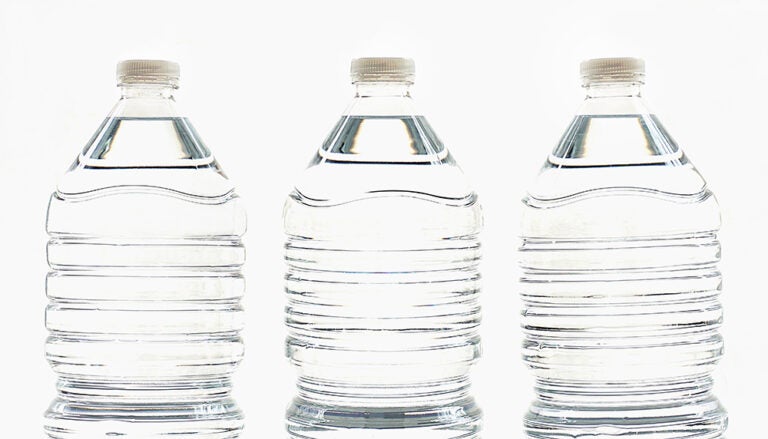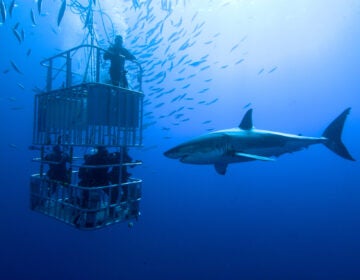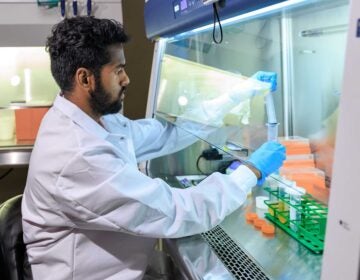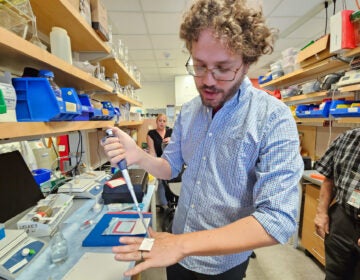The Miracle and Menace of Plastic
Listen 49:24
(Suzy Hazelwood/Pexels)
Plastic gets a bad rap — over the years, it’s become synonymous with environmental destruction, cheap fakery, needless consumption, and mass-produced junk. But there’s a reason plastic is everywhere — it’s inexpensive, strong, and versatile; a shapeshifter that over the past century has revolutionized the way we live, from science and medicine to consumer goods.
So, what exactly is it that makes plastic both a miracle and a menace? On this episode, we explore the science behind the dual nature of plastic. We hear stories about how plastic shaped everything from our homes to women’s bodies; what’s standing in the way of creating greener plastics; and how waxworms and garbage dump bacteria could hold the key to breaking down our plastic waste.
Also heard on this week’s episode:
- For years, we’ve been hearing about the promise of “greener” plastics that aren’t made from fossil fuels and are easier to compost. So why haven’t they taken hold yet? Alan Yu reports.
- Plastics engineer and chemist Chris DeArmitt, PhD, a leading plastic materials expert, and Fellow of the Royal Society of Chemistry, makes the case for why a lot of what we think about plastic is far more complicated than it seems. DeArmitt’s book is “The Plastics Paradox: Facts for a Brighter Future.”
- We talk with Isabelle Marina Held, a postdoctoral fellow at the Science History Institute in Philadelphia, about how plastic revolutionized women’s fashion and shaped their silhouettes.
Segments from this episode
WHYY is your source for fact-based, in-depth journalism and information. As a nonprofit organization, we rely on financial support from readers like you. Please give today.






